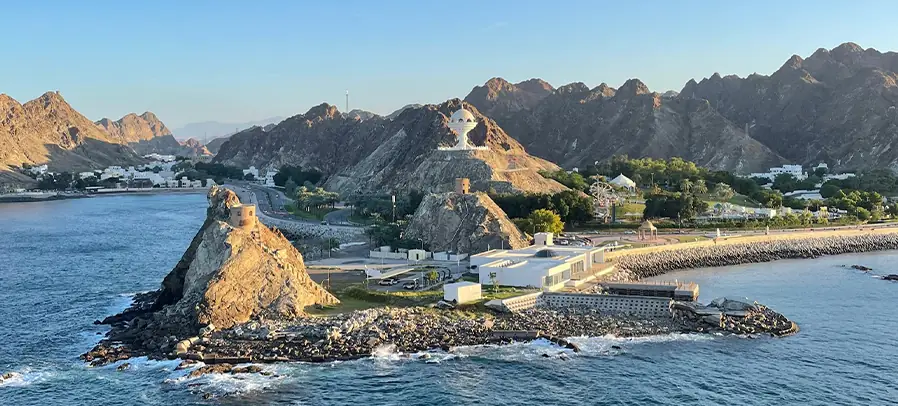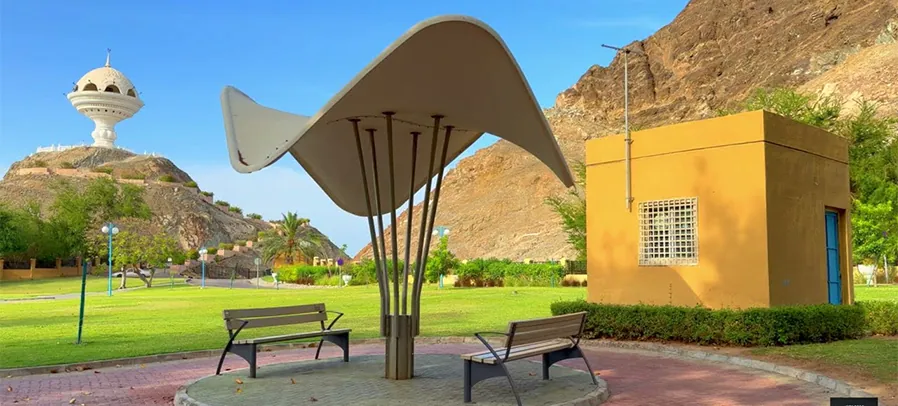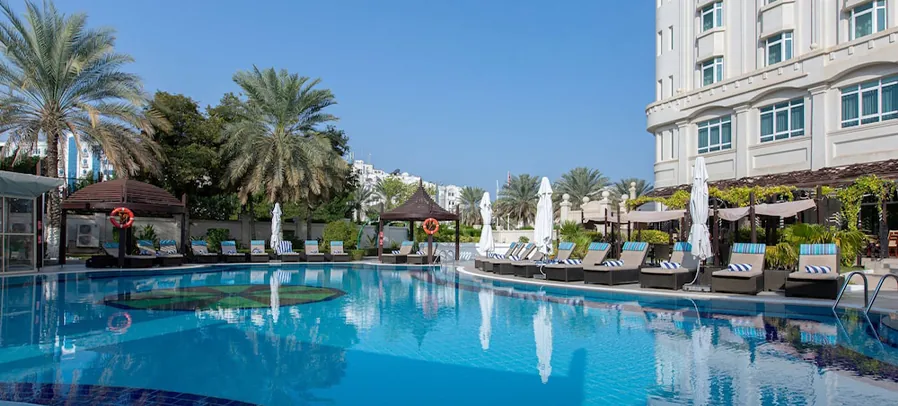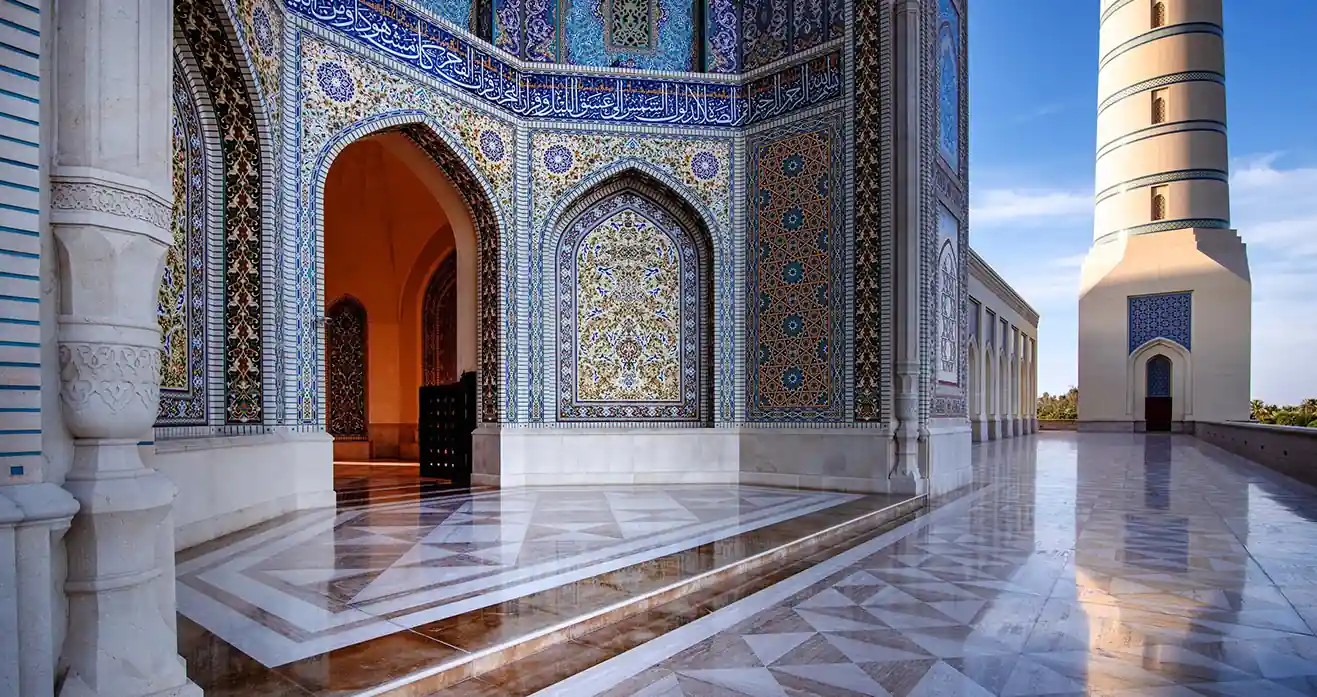The Fragrant Legacy of Frankincense
Long before oil or tourism, frankincense—Oman’s “white gold”—shaped the nation’s destiny. Harvested from Boswellia trees in Dhofar, this precious resin filled royal palaces and temples from Rome to India. The Riyam Censer pays tribute to that fragrant legacy, its design echoing the traditional burners that once perfumed Omani homes.
Each wisp of imagined smoke reminds visitors of a time when Oman was the beating heart of global trade routes.
Customize your Trip With Go Safari Salalah
Plan your visit early in the morning or during golden sunset hours to capture the monument’s full charm.
Architecture that Honors Tradition
The monument’s elegant white dome and delicate patterns are inspired by Omani architecture, blending modern engineering with ancient symbolism. Visitors who climb to its viewing deck are rewarded with sweeping vistas of Muttrah Harbor and the rugged Hajar Mountains, a photographer’s dream at sunrise or sunset.
How to Visit Riyam Censer Muscat
Located within Al Riyam Park, the monument is just minutes away from Muttrah Souq and Muttrah Fort. The park’s shaded paths and ocean views make it a relaxing stop for families and travelers.
To get there, simply follow the Muttrah Corniche by car or taxi—ample parking and public transport access make your journey effortless.
Plan your visit early in the morning or during golden sunset hours to capture the monument’s full charm.
A Journey Beyond the Monument
After admiring the Riyam Censer, explore nearby treasures like the Sultan Qaboos Grand Mosque, the Royal Opera House Muscat, or the historic Bait Al Zubair Museum. Each site offers a unique chapter in Oman’s cultural narrative, from sacred artistry to royal elegance.
Omani Hospitality: The Heart of Every Visit
In Oman, guests are welcomed with dates, coffee, and a smile—a tradition as enduring as the scent of frankincense. The Riyam Censer Muscat embodies that same warmth, inviting travelers to connect with a culture that treasures respect, generosity, and beauty.
Discover the spirit of Oman—visit Riyam Censer Muscat and let its story inspire your journey.




















